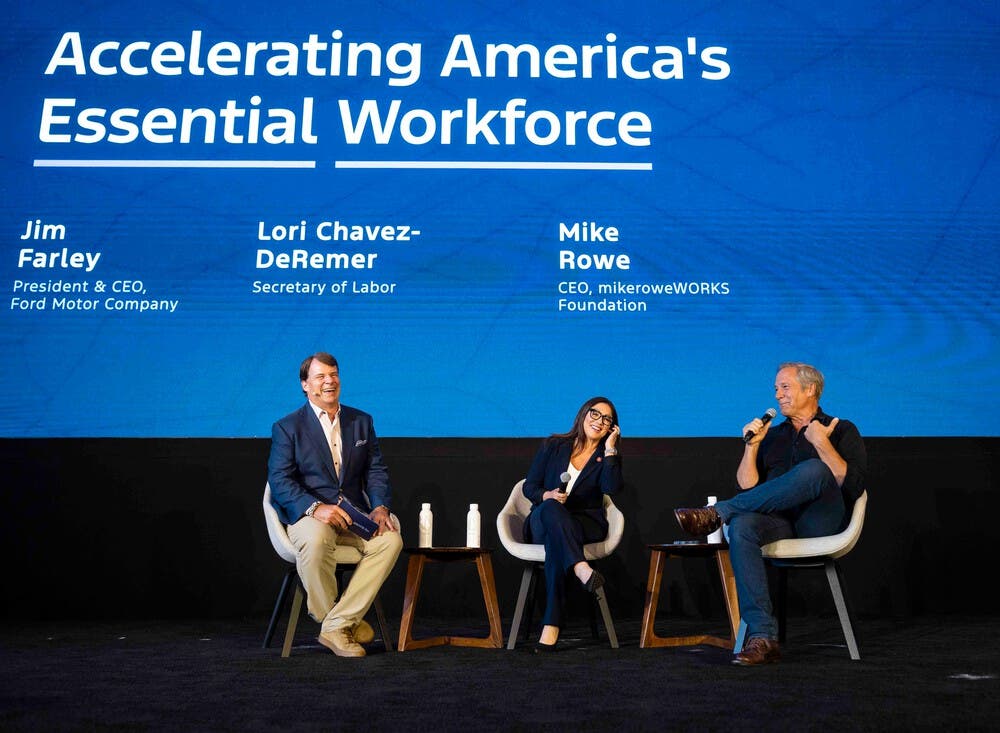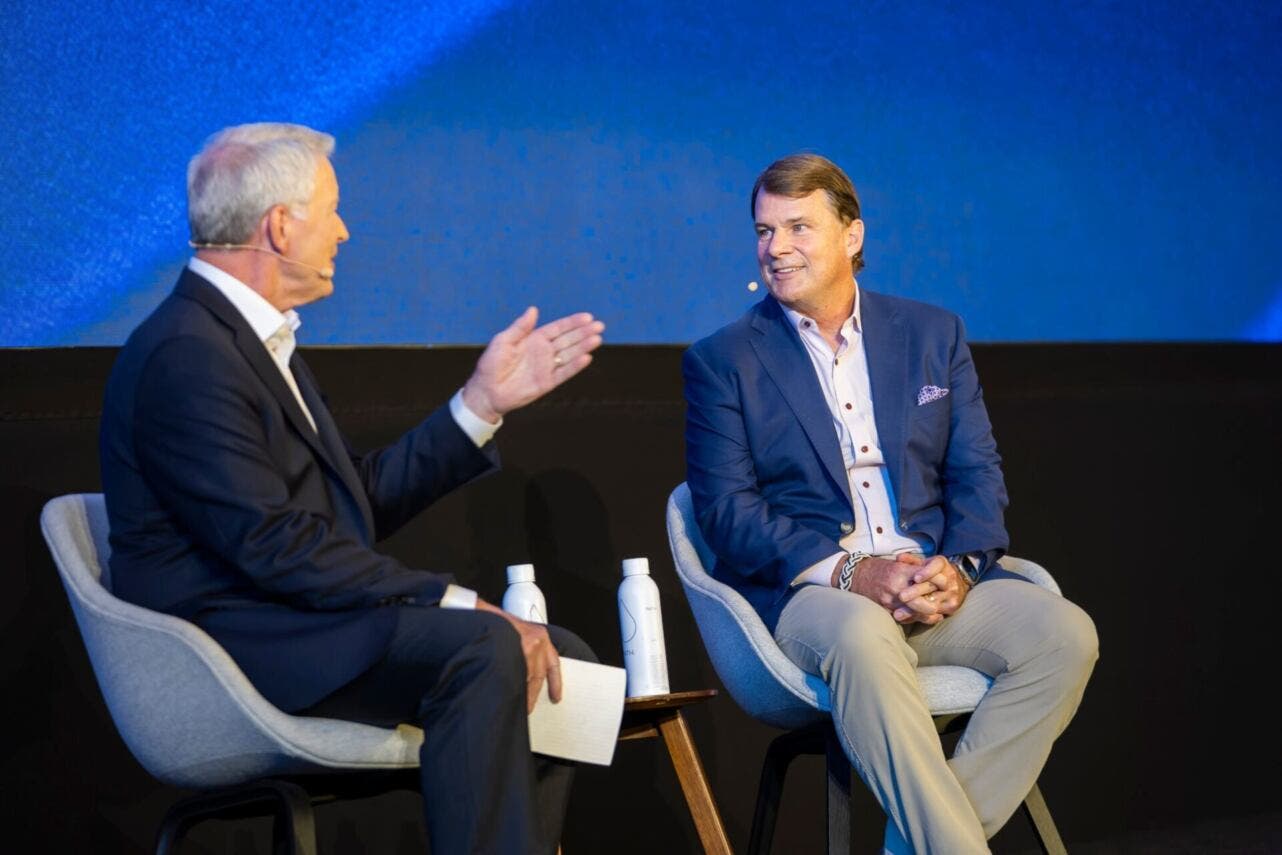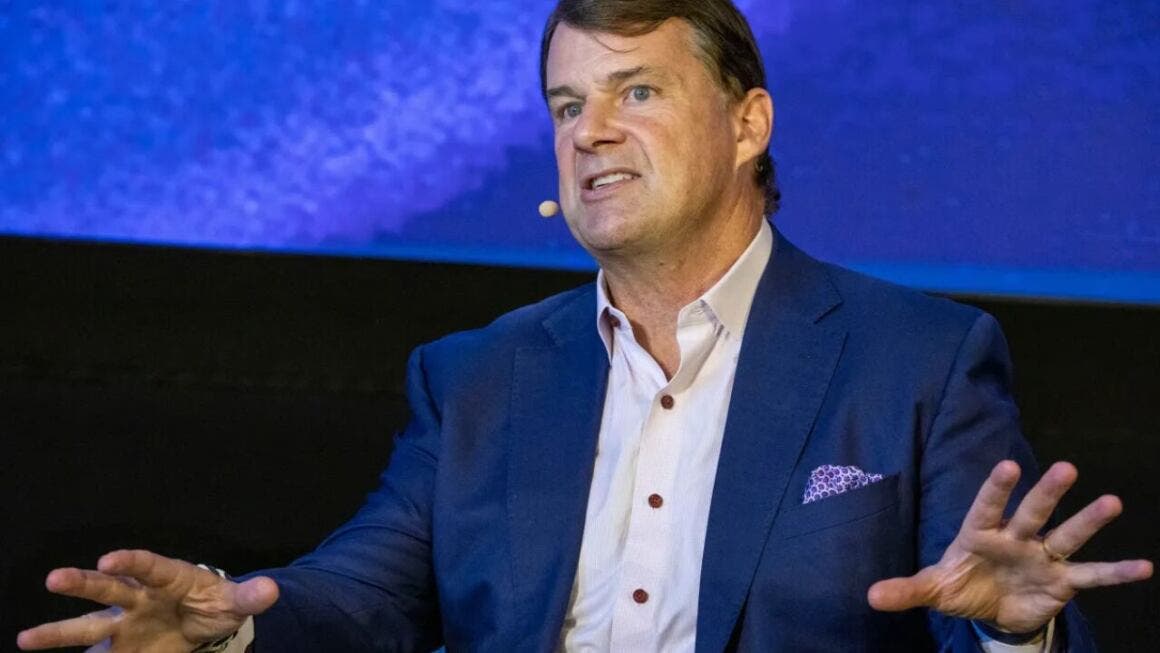The end of the federal tax credit for electric vehicles in the United States has cast a long, unsettling shadow over the entire auto industry. That $7,500 incentive, which for years sweetened the deal for going electric, has vanished, leaving behind uncertainty and hesitation. Raising the alarm is Ford’s CEO, Jim Farley, who didn’t mince words: without that financial cushion, EV demand could plunge and sales may even be cut in half. Words are not soft this time, they shouldn’t be. In other words, the much-celebrated “electric boom” may fizzle into a dull pop.

Speaking at Ford’s “Pro Accelerate” event in Detroit, Farley painted a scenario that feels more like a rewind than progress: electric vehicles could represent just 5% of the US car market, the same level seen back in 2022. That’s a sharp contrast to the optimistic 10–12% market share forecasted for this month.
The message is blunt. The sector may not just slow down but actually shrink, becoming “smaller, much smaller,” as Farley put it. The reasons? Not only the disappearance of the credit but also shifting emissions policies that make long-term planning a logistical headache.
For Ford, this translates into a giant question mark. How do you make use of factories and battery plants built for a demand that’s suddenly shaky? Farley admitted: “We’ll fill them, but it’ll be stressful”. Brace for tension on the assembly line, with optimism gradually giving way to anxiety.

And then there’s the pricing problem. Ford customers, Farley explained, aren’t lining up for $75,000 electric cars. Sure, they find them exciting, fast, and futuristic, but when it’s time to cut the check, that excitement dries up. Without tax credits, making affordable EVs becomes a steep uphill climb. America’s electric revolution risks running out of juice before it even reaches cruising speed.
